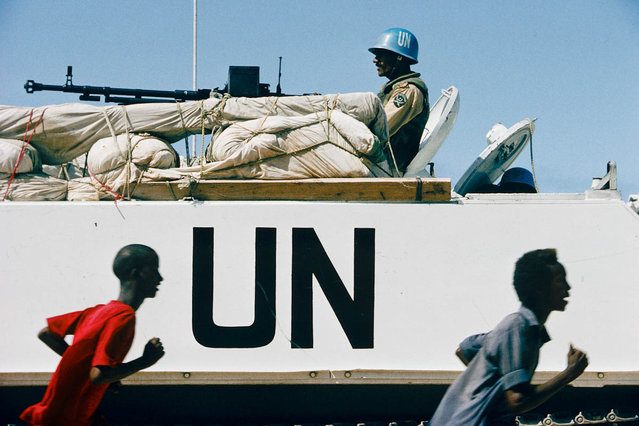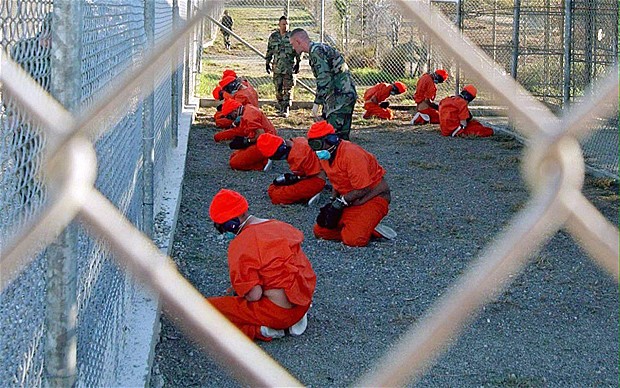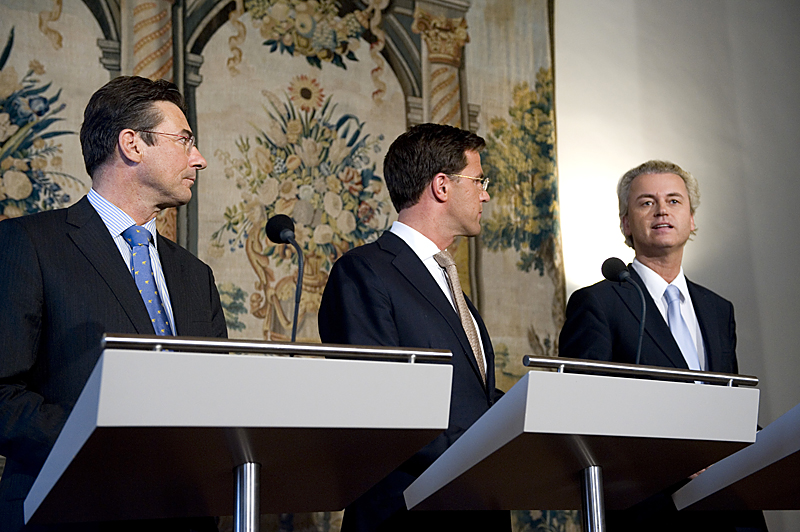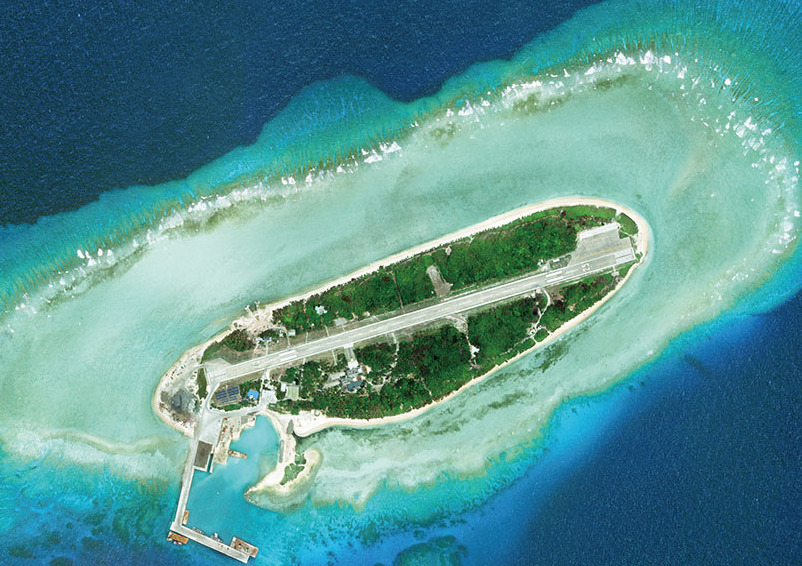During the Somali Civil War, the United Nations Security Council (UNSC) authorized a peacekeeping mission and American led intervention under UN Charter Chapter 7. On October 3, 1993, the operations turned from peacekeeping to combatant when US forces attacked rebel forces in a local hotel in search of a Somali military commander and faction leader. What resulted was the deaths of multiple US soldiers with their bodies being dragged through the streets of Mogadishu. From these events came the cautionary term the “Mogadishu Line.” The New York Times defines it as “that dangerous moment when United Nations troops change from being peacekeepers to combatants.” However, can the use of R2P in 21st century international security ever cross the Mogadishu Line?
The responsibility to protect (R2P) is now an international norm that establishes the individual state’s responsibility to protect its population from genocide, war crimes, ethnic cleansing, and crimes against humanity. Kofi Annan first coined the term in his 2000 report “We the Peoples.” The International Commission on Intervention and State Sovereignty (ICISS) followed with a report which established the implication of responsibility in state sovereignty. After both these reports, the international community, at the 2005 World Summit at the UN, unanimously adopted R2P. Secretary General Ban Ki-moon released a report in 2009 establishing the importance of turning this concept into policy. In his report, he outlined the three pillars of the R2P norm.
-
The state has the responsibility to protect its population from genocide, war crimes, crimes against humanity, and ethnic cleansing.
-
The international community has the responsibility to assist the state in fulfilling this primary responsibility.
-
If the state manifestly fails in its responsibility, the international community has the responsibility to intervene through coercive measures.
The international legal foundations of R2P include; “fundamental natural law principles, the human rights provisions of the UN Charter, the Universal Declaration of Human Rights together with the Genocide Convention, the Geneva Conventions and Additional Protocols on international humanitarian law, the statute of the International Criminal Court, and a number of other international human rights and human protection agreements and covenants.” The principle of non-intervention, enshrined in the UN Charter, gives way to the responsibility to protect. This is because, under UN Charter Chapter 7, the UN “shall determine the existence of any threat to the peace, breach of the peace, or act of aggression” in order “to maintain or restore international peace and security.” While the Universal Declaration of Human Rights determines international humanitarian law, which includes the state’s conduct with respect to its population.
In “We the Peoples,” Annan explains the importance of responsibility in humanitarian intervention, and in protecting individuals. “International conventions have traditionally looked to states to protect civilians, but today this expectation is threatened in several ways. First, states are sometimes the principle perpetrators of violence against the very citizens that humanitarian law requires them to protect. Second, non-state combatants, particularly in collapsed states, are often either ignorant or contemptuous of humanitarian law. Third, international conventions do not adequately address the specific needs of vulnerable groups.” This was where Annan believed R2P could play a role in international security. “The Security Council has a moral duty to act on behalf of the international community.” This established the key fact that the decision to intervene rests solely in the UNSC. The framework for R2P comes from using already existing tools including mediation, economic sanctions, and, lastly, military intervention using both international organizations and institutions, regional and local organizations, and civil society in the process.
In the ICISS report, the concept of responsibility is connected to state sovereignty. “State sovereignty implies responsibility, and the primary responsibility for the protection of its people lies with the state itself.” In this way, sovereignty is no longer an absolute for the state, especially if the state fails to protect its population from mass atrocities and crimes. It is critical to think of sovereignty as responsibility for the following reasons; “First, it implies that the state authorities are responsible for the functions of protecting the safety and lives of citizens and promotion of their welfare. Secondly, it suggests that the national political authorities are responsible to the citizens internally and to the international community through the UN. And thirdly, it means that the agents of state are responsible for their actions; that is to say, they are accountable for their acts of commission and omission.” So, as both reports suggest, it is increasingly evident that sovereignty must imply responsibility, but with this implication comes criticism of R2P.
For many developing states, sovereignty remains the best, and sometimes only, defence from powerful developed states. “Sovereignty has come to signify, in the Westphalian concept, the legal identity of a state in international law” and is, accordingly, included in the UN Charter. Under international law, sovereignty provides the state the right to exercise total jurisdiction within its territorial boundaries, and, if other states intervene in this jurisdiction, the state has the right to defend itself. While R2P can infringe on a state’s sovereignty, it can only do so when the state becomes irresponsible by allowing or by perpetrating mass atrocities on its population. So, even sovereignty, as one of the strongest rights of the state, cannot be limitless in power.
Since the 1990s, wars have been predominantly internal, but have been equally as brutal with the loss of more than 5 million lives. “Intra-state warfare is often viewed, in the prosperous West, simply as a set of discrete and unrelated crises occurring in distant and unimportant regions. In reality, what is happening is a conclusive process of state fragmentation and state formation that is transforming the international order itself.” It is in this way that the concept of the responsibility to protect has become more important than ever in the post Cold War era.
In practice, R2P has only led to a military intervention once, but it has been invoked multiple times by the UNSC. In 2007, due to post-election violence in Kenya, France appealed to intervene under R2P, but mediation was pursued instead. In 2011, UN SC condemned the post-election violence in Ivory Coast citing the responsibility of the state to protect its population. Only in 2011 in Libya did the UNSC authorize military intervention citing R2P. However, it was NATO that was requested to act upon this resolution through air strikes.
When Annan wrote “We the Peoples,” he was reflecting upon what the UN’s role could be in the 21st century. He wrote, “better governance means greater participation, coupled with accountability.” And this is no truer than in the processes and practices of R2P. For R2P to not cross the Mogadishu Line, and even if it does, it is critical that it remains as wholly participatory and accountable as possible.




